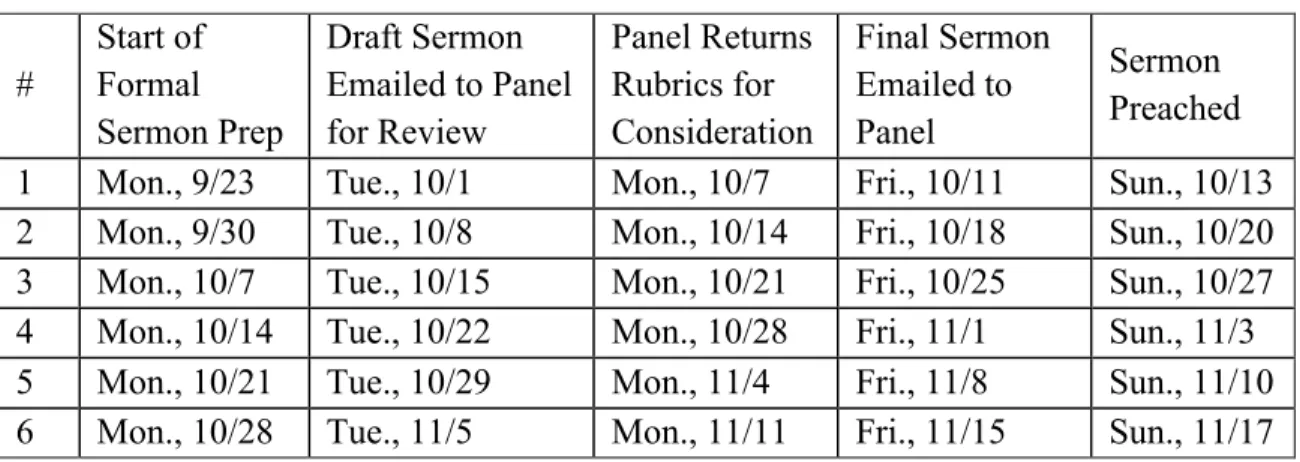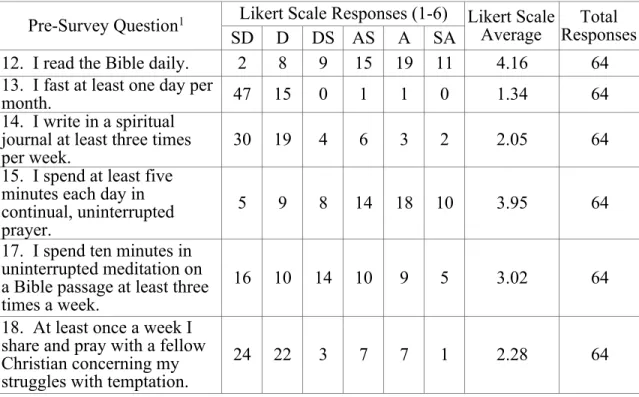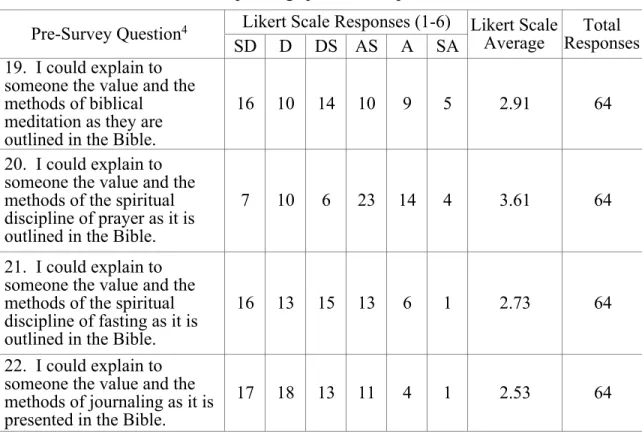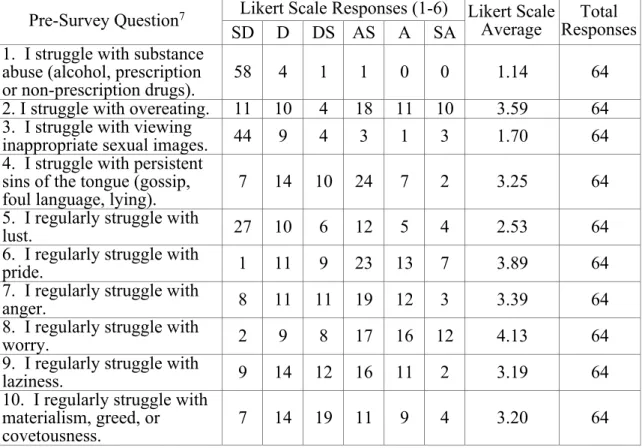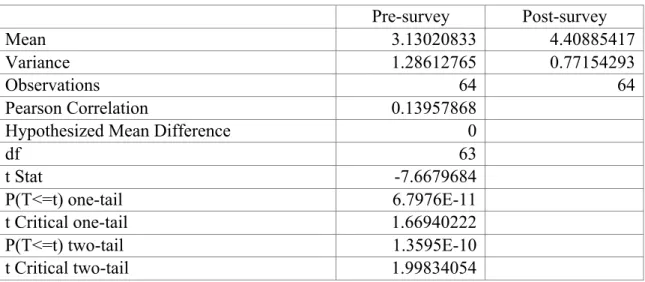THE BIBLICAL AND THEOLOGICAL BASIS FOR THE
12-14
First, according to noted New Testament scholar Douglas Moo, Paul writes about "the indication of what God has done for us." rendered impotent, so that we are no longer enslaved to sin, since a person who has died is freed from sin.” shame. The three verses beginning with Romans 6:12 reveal the compelling aspect of the believer's connection with sin. The obligation is placed wholly upon believers to walk in freedom from sin.18 This commandment counters the popular "let go and leave God" view of the believer's role in his own sanctification.19 Unlike justification, the the experience of holy living is not a gift one receives, but something one must work towards.20 The mission Paul requires of Christians is not an easy one.
Paul's use of the present active imperative, βασιλευέτω, combined with a negative particle, translates into the command "stop an action already in progress."22 Sin has already begun its work and has infiltrated every person. The very way the instructions are given communicates both the difficulty and the possibility of the task. Adams, “Using Scripture in Counseling, Part IV: Biblical Counseling is Spiritual,” Bibliotheca Sacra.
If not, then the Christian really presents himself to sin as if he were still its slave, and he presents the members of the body as instruments of wickedness.”26 Bridges emphasizes that if the flesh rules, it will effectively suffocate. emotional and spiritual life of the believer and rob the Christian of spiritual strength.27. Although deep down he may wish to stop lying, to control his tongue, to stop losing his temper, or to eliminate dozens of other vices, the believer finds the battle against the habitual desires of the body hard.
Adams continues to write about the work of the Spirit and how in order to see real change, a believer must accept both the Spirit's leading and a commitment to offer his body to God as a weapon of righteousness in order to see real change. For it is better for you to lose one of the members of your body than for your whole body to be cast into hell" (Matthew 5:29). Second, a holy life is an indispensable prerequisite for the attainment of eternal life.40 Commentator Robert Mounce combines these facts: "A Christian is one in whom the Spirit is constantly at work teaching, admonishing, and disciplining to put an end to 'sins.' body."41 As the old evangelists used to say, "No change; not Jesus."
However, none of these verses excludes the believer's responsibility to strive to put to death the deeds of the flesh. Given the responsibility of putting sins to death, Paul says that he fulfills this duty with the help of the Holy Spirit "by the Spirit put to death the deeds of the flesh" (Romans 8:13). On the other hand, the admonition brings danger when read in isolation from the rest of the verse.
According to the theologian John Piper, the activity of the Spirit means that the believer has a will "that is empowered by another will: the will of the Spirit."57. The verse begins with the condition "if," and it ends with the promise, "you shall live." The intervening requirement to "put to death the works of the body" raises the question of how a Christian who continues in sin can have an assurance of his salvation.
In the first commandment, the "things above" refer to "where Christ is, seated at the right hand of God." Professor and scholar James Leo Garrett explains, "The 'right hand' was the first place of authority under an emperor or king, and God's 'right hand' meant the place or position of authority next to God's."73 This imagery, drawn from Daniel 7:9-14,74 exalts the power and prerogative of Christ and makes Christ the focus of the believer's pursuit.75 A prohibition accompanies the second commandment. Moo, The Letters to the Colossians and to Philemon, The Pillar New Testament Commentary (Grand Rapids: William B. Eerdmans. Dunn, The Epistles to the Colossians and to Philemon, New International Greek Testament Commentary (Grand Rapids: William B. Eerdmans.
The second motivation, the promise that the believer will appear with Christ in glory, points to Christ's return. An interesting departure from the previously analyzed passage is the juxtaposition of Paul's claim in verse 3 that the believer is dead. O'Brien, "The Church as a Heavenly and Eschatological Entity," in The Church in the Bible and the World: An International Study, ed.
Commentator Kristopher Lyle links this commandment to the preceding verses by saying that it "makes sense only for [the believer's] current lifestyle to match the caliber of the new life they have with Christ."85 Paul makes it clear that sanctification is not only involves foresight. or an attitude but an active battle with the presence and influence of sin. In the remainder of verse 5 (and in verse 8), Paul lists specific sins that the believer must put to death.
In this extended parable, Jesus describes the role and function of the Father, the Son and the believer. Beasley-Murray, "to which an additional predicate is conjoined."92 The double participation of the Father and the Son contributes significantly to the application of the parable in the lives of the readers. To fully interpret the nature of the work of God the Father in this context, the interpreter must determine the identity of those people who produce no fruit.
The theologian Leroy Forlines writes about the one who ceases to remain in Christ: "We would be separated from him. Another task of the Father in verse 2 involves pruning the branches so that they will bear more fruit. Moreover, to the extent that the words of Christ remain in the believer, Jesus also remains in the believer, and the believer remains in Jesus to the extent that the believer decides to obey the words of Jesus.105 One of the indicators of this permanent relationship is effective prayer. .
The prayers or many prayers that the believer prays will be so aligned with the will of Christ that the believer will often experience the promise of verse 7.106. The right focus is not on the fruit, but on the glory of the Father.
IMPLEMENTATION OF THE MINISTRY PROJECT
MINISTRY PROJECT EVALUATION
Would Do Differently
Furthermore, the glory (credit) for the believer's sanctification belongs to the Lord because of the work of the Holy Spirit. I could explain to someone the value and. methods of the spiritual discipline of prayer as described in the Bible. I could explain to someone the value and. methods of the spiritual discipline of fasting as described in the Bible.
In the six weeks of the "Killing Persistent Sin" message series, how many weeks did you hear the sermon (live or via TV/Internet). In the six weeks of the 'Killing Persistent Sin' message series, there were thirty recommended daily devotions, five per week for six weeks. These are some of the most difficult to understand yet fundamental verses in the Bible for the Christian life.
As Christians, we are dead to sin because of Christ's work on the cross. Paul says that we put our ongoing sin to death by the working of the Spirit, the Holy Spirit. Declare that we are free from the tyranny of sin because we have died with Christ.
It is an onomatopoeia, meaning it gets its meaning from the sound of the word. When our meditation is INSTEAD (displaces black coffee), then we will be cleansed, purified, changed by the help of the Holy Spirit. Prayer turns our attention from the things of the world to the things of God.
This reminds us that we also need the presence of the Lord to be satisfied. Fasting is a spiritual disciple that can lead to the breaking of the chains of persistent sin. When we pray sincerely, we declare that we are powerless apart from the strength of the Lord.
Because of the death of Christ on the cross, the penalty of sin can be destroyed. Because of the death of Christ on the cross, the authority of sin is destroyed.

